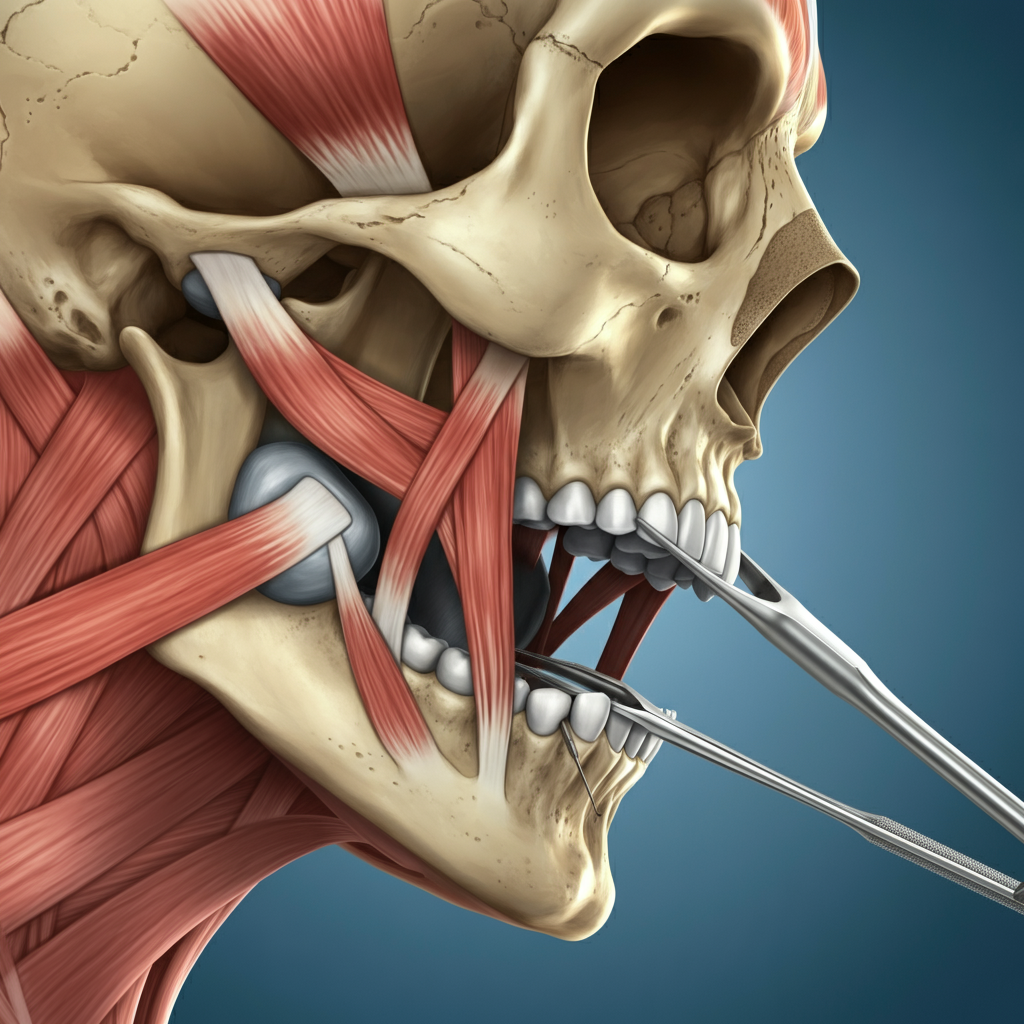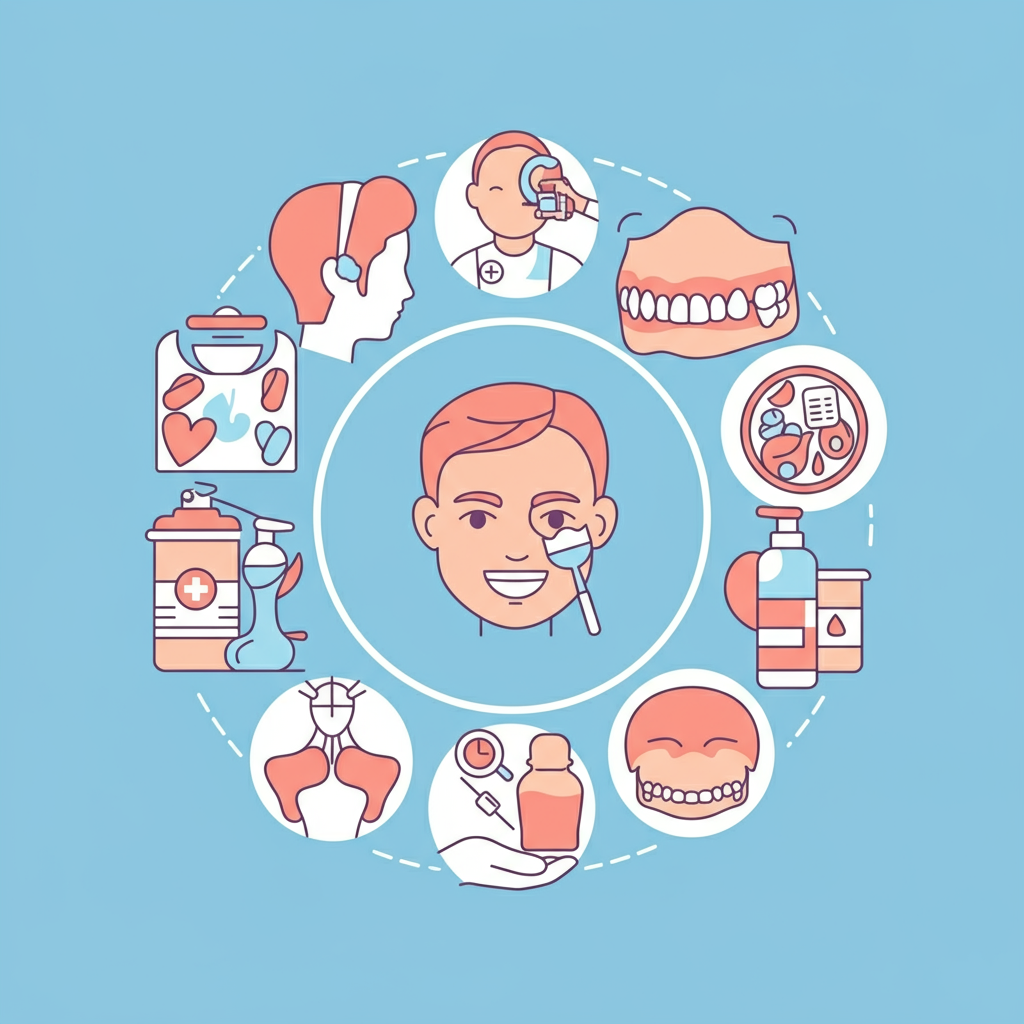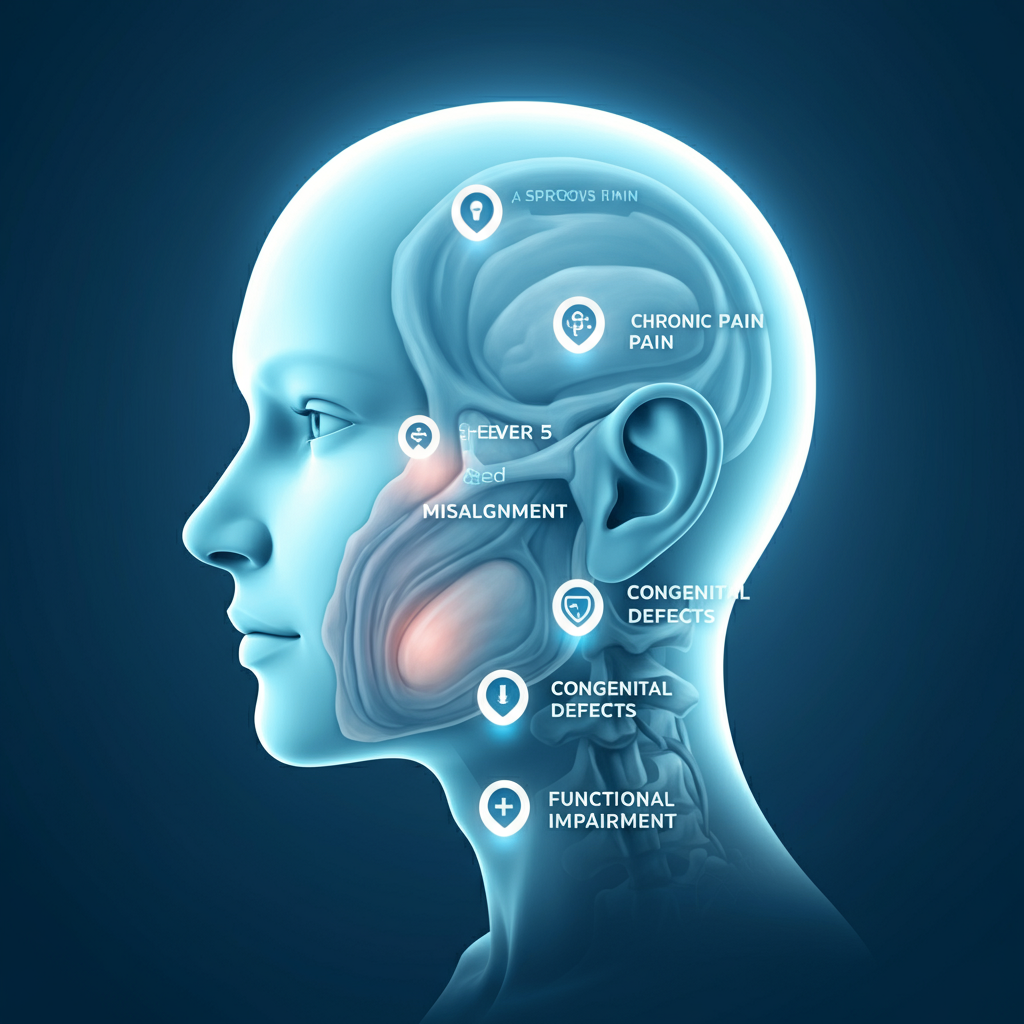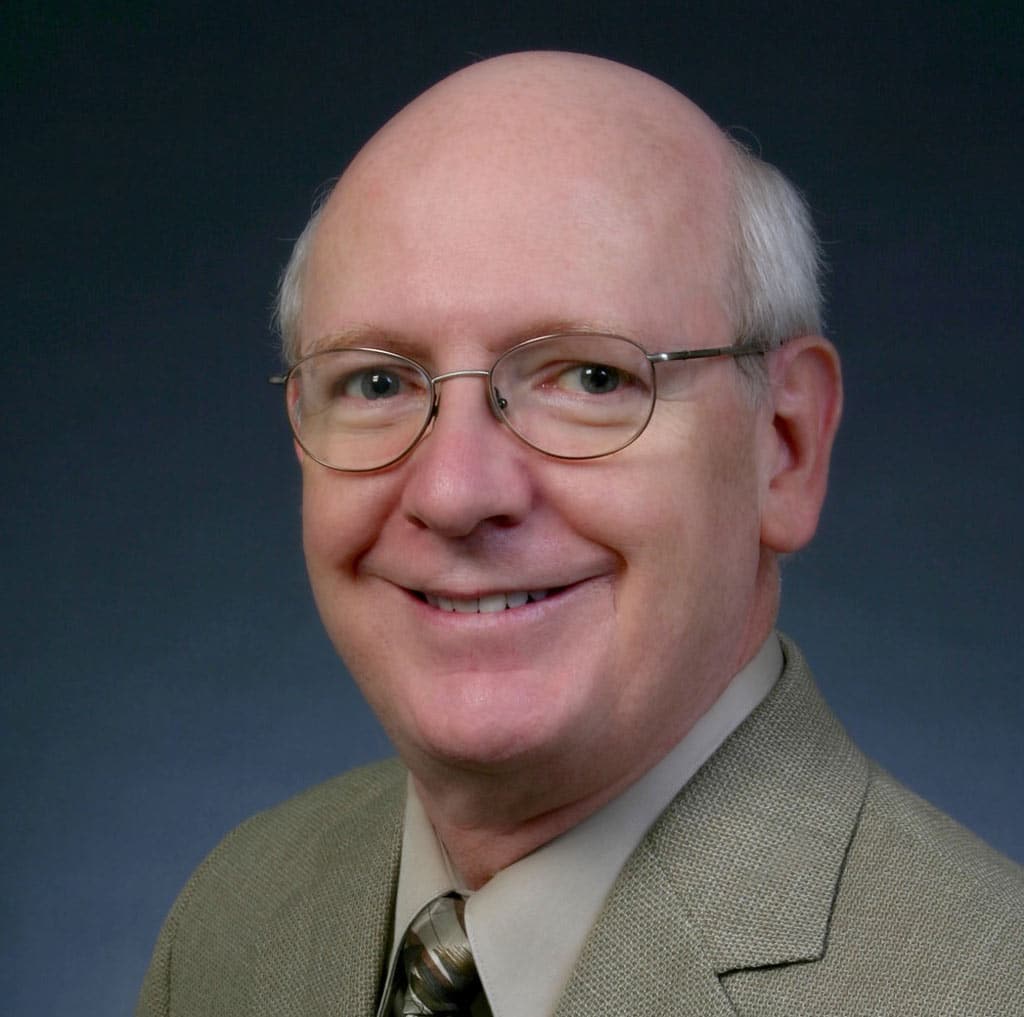Information about medical conditions can be overwhelming, and it’s often difficult to separate fact from fiction. This is especially true for temporomandibular joint (TMJ) disorders and corrective jaw surgery. Misinformation can cause unnecessary anxiety and prevent people from seeking the right care.
Let’s clear up the confusion. This article will address and debunk some of the most common TMJ myths and jaw surgery misconceptions, providing you with accurate, evidence-based information to help you make informed decisions about your health.
Myth 1: TMJ is just a “clicking sound” in the jaw and not a serious condition.
Fact: A clicking or popping jaw can be a symptom of a TMJ disorder, but the condition is often far more complex and serious than just a sound. For many, a TMJ disorder involves chronic pain, debilitating headaches, difficulty chewing, and even a locked jaw.
These TMJ disorder misconceptions can be harmful because they downplay the impact on a person’s quality of life. The pain and functional limitations are very real and can interfere with daily activities like eating, talking, and sleeping. Ignoring these symptoms can lead to worsening joint damage and more persistent pain over time.
Myth 2: All TMJ disorders will eventually require surgery.
Fact: This is one of the most pervasive TMJ myths. The vast majority of TMJ disorders can be successfully managed with conservative, non-surgical treatments. Surgery is considered a last resort, reserved for a small percentage of cases involving severe structural damage or pain that has not responded to all other therapies.
Effective non-surgical treatments include:
- Lifestyle modifications: Eating soft foods, avoiding extreme jaw movements, and practicing stress-reduction techniques.
- Physical therapy: Specific exercises to strengthen jaw muscles and improve range of motion.
- Oral appliances: Custom-fitted mouthguards or splints to reduce teeth grinding and clenching.
- Medications: Anti-inflammatory drugs or muscle relaxants to manage pain and muscle tension.
- Minimally invasive procedures: Injections like corticosteroids or Botox can provide significant relief for many patients.
Always start with a thorough diagnosis from a specialist who can recommend the most appropriate, least invasive treatment plan for you.
Myth 3: Jaw surgery is a purely cosmetic procedure.
Fact: This is a major misconception. While corrective jaw surgery (orthognathic surgery) often results in a more balanced and harmonious facial appearance, its primary purpose is functional. The surgery corrects underlying skeletal and dental irregularities that cause significant health problems.
Key jaw surgery facts about its functional benefits include:
- Improved Chewing and Digestion: Aligning the jaws allows the teeth to meet properly, making it possible to chew food efficiently.
- Resolution of Sleep Apnea: For patients with a recessed lower jaw, surgery can permanently open the airway, providing a cure for obstructive sleep apnea.
- Pain Relief: Correcting a misaligned bite can alleviate chronic pain in the jaw joints (TMJ), muscles, and reduce associated headaches.
- Enhanced Speech: Proper jaw and tooth alignment can resolve speech impediments.
The aesthetic improvements are a welcome benefit, but the life-changing functional gains are the main reason the surgery is performed.
Myth 4: My jaw will be wired shut for months after surgery.
Fact: This is an outdated concept. While wiring the jaw shut (maxillomandibular fixation) was common in the past, modern surgical techniques have made it largely unnecessary.
Today, surgeons use tiny, strong titanium plates and screws to secure the jawbones in their new position. This provides enough stability for the bones to heal without being wired shut. Instead, patients usually have light elastic bands placed on their braces to guide the bite into its final position. This allows you to open and close your mouth, speak, and maintain better oral hygiene during recovery. While a liquid diet is still required for several weeks, the experience is far more comfortable than it used to be.
Myth 5: The recovery from jaw surgery is unbearable and takes over a year.
Fact: Recovery from jaw surgery is a significant process, but it is manageable and well-planned. The most challenging phase, characterized by major swelling and a liquid diet, typically lasts for the first two to three weeks. After this initial period, most patients feel much better and can transition to a soft, no-chew diet.
While the bones can take up to a year to fully remodel and gain their ultimate strength, most patients are back to work or school within three to four weeks and can resume most normal activities. By following your surgeon’s post-operative instructions carefully, you can ensure a smooth and predictable recovery. The short-term inconvenience leads to long-term functional and health benefits.
Myth 6: Any dentist can treat a complex TMJ disorder.
Fact: While general dentists are excellent at identifying potential TMJ issues, complex disorders often require a specialist. An oral and maxillofacial surgeon has extensive training in the intricate anatomy of the facial skeleton, muscles, and jaw joints.
These surgeons are equipped to provide a definitive diagnosis using advanced imaging and can offer a full spectrum of treatments, from conservative management to complex surgical reconstruction. For issues involving significant pain, joint degeneration, or jaw misalignment, consulting with an oral and maxillofacial surgeon is the best way to ensure you receive comprehensive and appropriate care.
Getting Accurate Information
Don’t let TMJ myths or jaw surgery facts rooted in fear prevent you from seeking help. Understanding the reality of these conditions and their treatments is the first step toward finding relief. If you are experiencing jaw pain or have been told you might need corrective surgery, schedule a consultation with an experienced oral and maxillofacial surgeon. They can provide an accurate diagnosis, answer your questions, and develop a treatment plan tailored to your specific needs.




